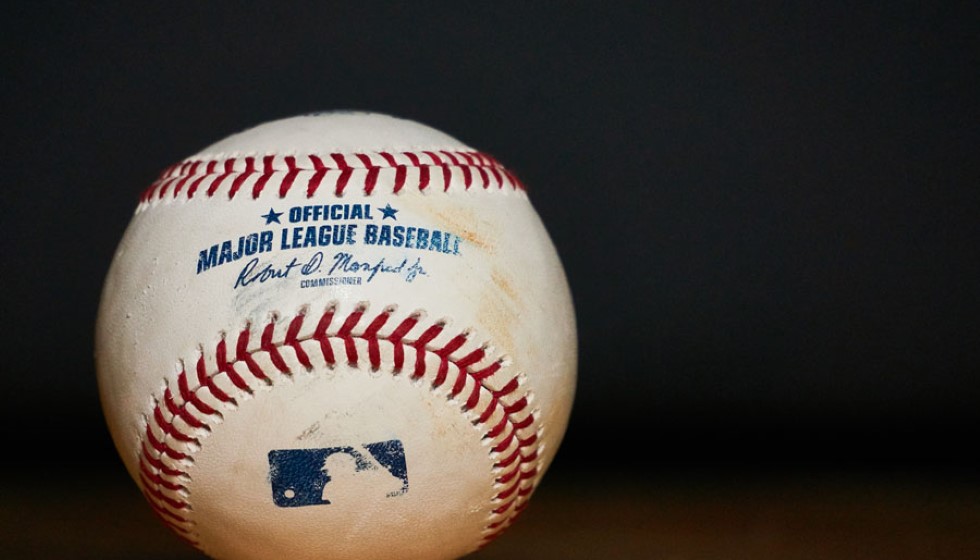
In the high-stakes world of Major League Baseball (MLB), arbitration discussions play a pivotal role in shaping a player's financial trajectory. This week, the intense negotiations came to a head as Thursday was the last day for teams and players to file salary figures for the 2025 season, provided no consensus was reached beforehand.
As the clock struck 8 p.m. ET, unresolved contract negotiations led to the exchange of proposals, setting the stage for arbitration hearings scheduled later this month. This annual ritual involves players with 3-6 years of service time who are eligible for arbitration, along with "Super Twos"—players with service time between two and three years. Notably, this year's "Super Twos" cutoff was established at two years and 132 days of service.
The Nature of Arbitration
Arbitration discussions center on comparable salaries earned by players with similar service time. The process can be contentious, as former Brewers pitcher Corbin Burnes once reflected on his experiences, stating he felt "hurt" by the entire arbitration process back in 2023. This sentiment underscores the emotional and financial stakes involved for players navigating these negotiations.
Many players strive to avoid arbitration by reaching agreements before the filing deadline, thus securing fully guaranteed contracts. This year, several high-profile players and teams maneuvered successfully to avoid the arbitration process.
Significant Agreements
Among the notable agreements, Vladimir Guerrero Jr. finalized a $28.5 million deal with the Toronto Blue Jays, ensuring he bypasses the arbitration ordeal once more. Guerrero's earnings have now surpassed $70 million over his four arbitration years, highlighting his status as one of the game's elite talents.
The San Diego Padres also reached lucrative agreements, securing Luis Arraez for $14 million and Dylan Cease for $13.75 million. Their moves underscore the club’s commitment to retaining key talents and maintaining a competitive roster.
Meanwhile, the Boston Red Sox settled on a one-year, $3.8 million deal with Garrett Crochet. Such agreements bring peace of mind to both parties involved, allowing players to focus on their performance on the field rather than off-field negotiations.
Unresolved Negotiations
Despite these successful negotiations, not all discussions reached a satisfactory conclusion before the deadline. The St. Louis Cardinals and Brendan Donovan were unable to come to terms, foreshadowing the possibility of an arbitration hearing. Similarly, Jarren Duran and Michael King are moving toward arbitration hearings, their futures pending the outcomes of these formal proceedings.
As precedent rewrites the future of player paychecks each offseason, the stakes continue to rise. One remarkable highlight was a record-setting arbitration award secured by Juan Soto, valued at $79.6 million. Figures like this not only set benchmarks for future negotiations but also reflect the enormous economic implications these decisions hold for both players and organizations.
Ongoing Impact
The ripple effects of these arbitration discussions extend beyond individual paychecks. They can influence team payroll strategies, impact team chemistry, and occasionally, leave lasting impressions on players’ perceptions of their organization. A player’s journey through arbitration can be fraught with tension, and the outcome can bias a player’s future decision to stay with or leave a team.
Ultimately, the arbitration process is a defining aspect of modern MLB business, reflecting the intricate balance between player rights and organizational strategies. As teams and players continue to navigate this demanding landscape, the potential for financial and personal impact remains as significant as ever. And so, while some players will emerge from negotiations with financial security and peace of mind, others will face the uncertainty and challenges inherent in one of professional sports' most complex processes.